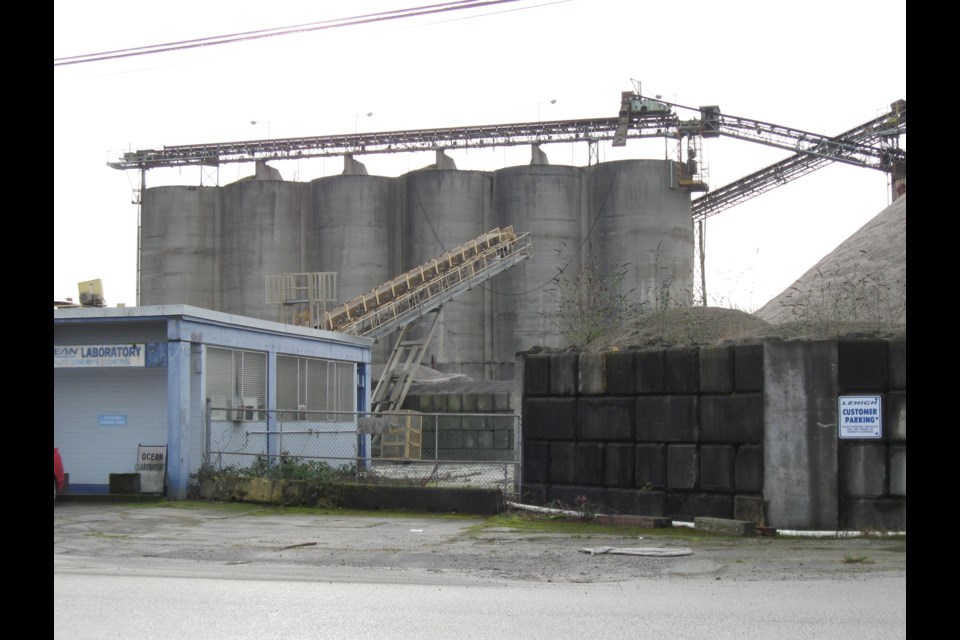Before studying architectural history at university, I thought cement (from the Latin “caementa,” quarried stones) and concrete (from the Latin “concretus,” past participle of “concrescere,” to grow together) were inventions of the modern era. Then I learned that cement was a structural adhesive known already to the ancient Egyptians and that concrete was a typical Roman building material.
By the 2nd century B.C. the Romans were adding volcanic ash (called pozzolana, after the town of Pozzuoli, near Naples) to their cement mixture, which waterproofed and fortified the concrete mass as it cured, making it ideal for the construction of harbours. In 2017 scientists discovered that sea water had further strengthened ancient Roman marine concrete by dissolving the volcanic ash and allowing a rare hydrothermal mineral, Al-tobermorite, to form – a process that took centuries. Now scientists are looking for a way to recreate a modern version of Roman cement that won’t require quite so long a time to strengthen.
Ancient Roman monuments were built using concrete – the Colosseum and Pantheon are only the two best known examples. The Pantheon has the world’s largest non-reinforced concrete dome, 43 metres in diameter. Built in 126 A.D., it’s still standing after countless earthquakes and wars.
During the medieval period, Roman concrete technology was largely forgotten. Interest was reawakened in the 19th century, with the invention of reinforced concrete in France. However, it was the English-born engineer Ernest Ransome (1852-1917) who was responsible for the widespread use of reinforced concrete in modern architecture. He experimented with new techniques, such as using twisted iron rods (rebars) to increase the tensile strength of the building material. In the 1890s Ransome designed two structures at Stanford University, which survived the 1906 San Francisco earthquake while the newer brick architecture on campus collapsed. His 16-storey Ingalls Building (Cincinatti, Ohio), built 1903, was the world’s first reinforced concrete skyscraper.
In 1917, Thomas Edison (1847-1931) patented an invention for building houses out of cast-in-place concrete. He also proposed creating home furnishings using a new lightweight
concrete. The idea wasn’t enthusiastically received, although a few of his concrete houses still stand in Gary, Indiana and Montclair, New Jersey.
The architect who took the design of reinforced concrete architecture to unimagined heights was Frank Lloyd Wright (1867-1959). His achievements are clearly demonstrated by his two most famous works, Fallingwater, a private residence in Mill Run, Pennsylvania, and the Guggenheim Museum in New York.
But concrete’s reputation has sunk. Once considered a problem solver, it’s now called the most destructive material on earth. The high rate of carbon emissions from cement production is only one of many environmental threats associated with concrete. Lafarge’s cement plant in east Richmond, which can emit up to 2,000 tonnes of CO2 daily, recently installed the Svante CO2 capture unit – capturing one tonne per day initially. Another problem is due to rusting rebars causing reinforced concrete to crack – concrete waste accounts for one-fourth of all landfill.
Has the time come for us to have less concrete ideas about construction?
Sabine Eiche is a local writer and art historian with a PhD from Princeton University. She is passionately involved in preserving the environment and protecting nature. Her columns deal with a broad range of topics and often include the history (etymology) of words in order to shed extra light on the subject.



